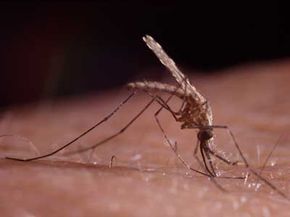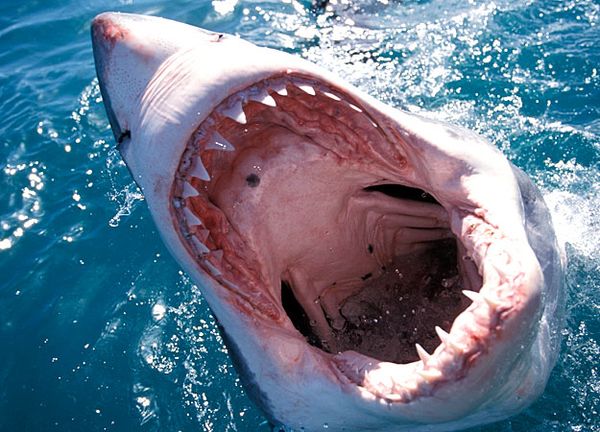Ask your friends which animals they fear most and you'll probably get a myriad of answers -- sharks, snakes, bears, spiders, bees. Take your pick. Sharp teeth, deadly claws, venom, and sheer size and speed make us view many creatures as a menace.
But are the animals we perceive as fearful really the most treacherous? Not always -- sometimes danger lurks in strange packages. Take, for example, the poison dart frog. Found mostly in tropical forests, this little amphibian actually oozes poison from its back. The toxin from one frog could kill 10 humans.
Advertisement
When you're taking a dip in the ocean, your greatest fear probably is a shark attack. But perhaps you should turn your concerns to the Australian box jellyfish, instead. This invertebrate has up to 60 tentacles, each up to 15 feet (4.5 meters) long. Each tentacle has enough toxins in it to kill 60 humans.
And, the hefty hippopotamus, which eats mostly plants, looks cute and cuddly. But don't let that fool you. This giant animal is quite aggressive and is widely considered one of the most dangerous animals in Africa [source: Kruger National Park].
Other frightening creatures do live up to their hype, however. For example, the saltwater crocodile, which is found in India, Asia and Australia, is the classic predator -- it'll attack just about anything, including you. And in Africa, the lion is just like they say -- incredibly fast and brawny, with flesh-tearing teeth and claws. It feeds on weaker mammals and will attack humans if its regular food sources are scarce. Also legitimately fearsome -- the polar bear, found in the Arctic. It's dangerous to humans largely because it's not naturally afraid of them, unlike most animals. And, we're certainly no match for its burly strength, razor claws and teeth. And, let's not forget the king cobra. Found in India, China and Asia, it isn't the most venomous snake in the world -- that honor goes to the inland taipan -- but the cobra's extremely concentrated venomous bite can kill even an elephant.
All of these animals kill hundreds of people annually. But one animal wins by a landslide in total human carnage -- its bite results in the deaths of a million people per year. What is it?
Advertisement




